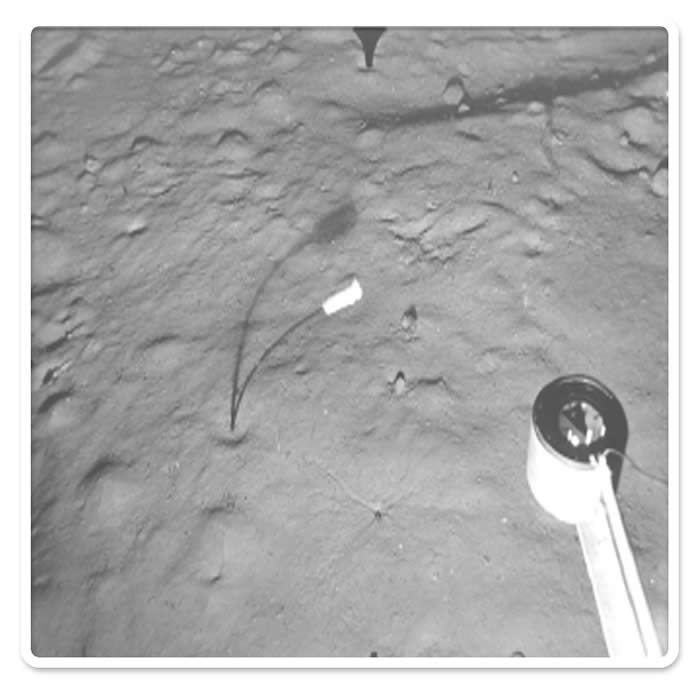Deep-sea sediments
 In the deep sea, patterns on the surface of the sediment reveal traces of life left behind by benthic organisms as they go about their daily life. Feeding tracks, burrows and faecal pellets are often obvious in seabed photographs and are known as Lebensspuren. These features may be important in increasing the complexity of the deep-sea floor, providing refuge, feeding and social grounds for many small species. These traces are only observed in areas with low disturbance. In areas with stronger current regimes, these traces are often diminished or absent. In the deep sea, patterns on the surface of the sediment reveal traces of life left behind by benthic organisms as they go about their daily life. Feeding tracks, burrows and faecal pellets are often obvious in seabed photographs and are known as Lebensspuren. These features may be important in increasing the complexity of the deep-sea floor, providing refuge, feeding and social grounds for many small species. These traces are only observed in areas with low disturbance. In areas with stronger current regimes, these traces are often diminished or absent.
The deep-sea contains many distinct habitats including hydrothermal vents, cold seeps, seamounts and cold-water coral reefs amongst the expanses of abyssal muds, themselves home to a rich animal community. These sediments host a huge variety of animals, of many different shapes and sizes.

|

 In the deep sea, patterns on the surface of the sediment reveal traces of life left behind by
In the deep sea, patterns on the surface of the sediment reveal traces of life left behind by